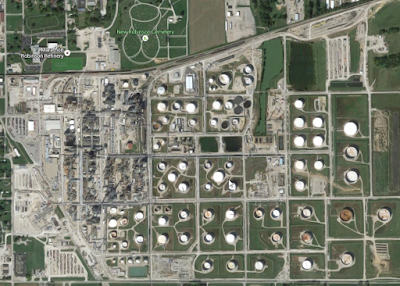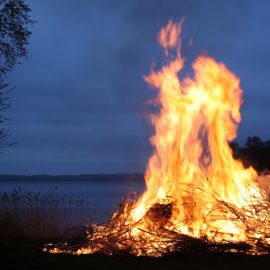
The largest polluter in St Bernard Parish is finally being checked by the EPA. In 2019 Sen Cassidy stopped a similar investigation.
Almost a decade after a Chalmette fuel plant admitted responsibility for most of the toxic sulphur dioxide emissions in St. Bernard Parish, federal regulators are taking steps that might finally force Louisiana and the plant to clear the air. The Environmental Protection Agency says the parish’s air quality has failed to meet federal standards since at least 2013, largely due to emissions from the Rain CII Carbon plant. The company accepted responsibility for “the lion’s share” of the sulphur dioxide in the area during the EPA’s initial round of scrutiny that year. Now the EPA plans to formally declare St. Bernard’s air quality out of compliance. The move, expected in January, would require the state Department of Environmental Quality to develop a plan for the “expeditious attainment” of federal air quality standards. Remedies could include requirements for reduced emissions and more restrictive permits.
nola.com
Sulphur dioxide and more and the plant knows this. So this action should not be unexpected.
The state agency has cited Rain for sulphur dioxide and other emissions in the past, but the plant’s emissions are still triggering air pollution warnings. The citations include at least $75,000 in fines and $7,200 in enforcement costs to settle almost 150 violations of state regulations between 2006 and 2013, many dealing with sulphur dioxide releases, according to state records. The persistence of toxic emissions from the plant, eight years after it admitted fault, illustrates the slow pace of enforcement in a state with long history of relying on industry for jobs and tax revenue. Rain turns a byproduct of the oil refining process into calcined coke, a rock-like fuel used to make aluminum. Coke production releases large amounts of sulphur dioxide, a colorless gas that can irritate noses and throats, impair breathing and cause lung illnesses. People with asthma, particularly children, are highly sensitive to sulphur dioxide. The company, based in Stamford, Conn., did not respond to requests for comment.
The production process has improved but still exceeds the minimum standards.
Rain has improved its production process, significantly reducing emissions, state officials say. But the combined sulphur dioxide emissions from Rain and several refineries and other industrial plants in St. Bernard did not meet the EPA National Ambient Air Quality Standard. That standard allows no more than 75 parts per billion of sulphur dioxide in the air during a one-hour period, with that average maintained for three years. Under federal law, Louisiana must develop a “state implementation plan” outlining actions that plants must take to reduce emissions below that standard. As part of that process, the Department of Environmental Quality in 2017 and 2018 ordered Rain to adopt a plan to change its manufacturing processes to keep sulphur dioxide levels in check. Rain balked, however, saying it was having trouble figuring out how to monitor the heat and flow of gases and other materials at its plant because conventional meters kept melting. In 2019, U.S. Sen. Bill Cassidy, R-La., intervened on behalf of the company and joined the state agency in successfully lobbying the EPA to delay implementation of the plan.
A change in administrations and now it is time for action.
That was during President Donald Trump’s Republican administration. Three years later, under Democratic President Joe Biden, the EPA now says time’s up. The public may comment on its proposed declaration of noncompliance until Jan. 7 via regulations.gov and by citing Docket No. EPA-R06-OAR-2017-0558. Once the declaration is formalized, Louisiana will likely have a year to implement an air quality improvement plan for St. Bernard.
Another reason for democratic administrations as they work with the EPA and not against it.


